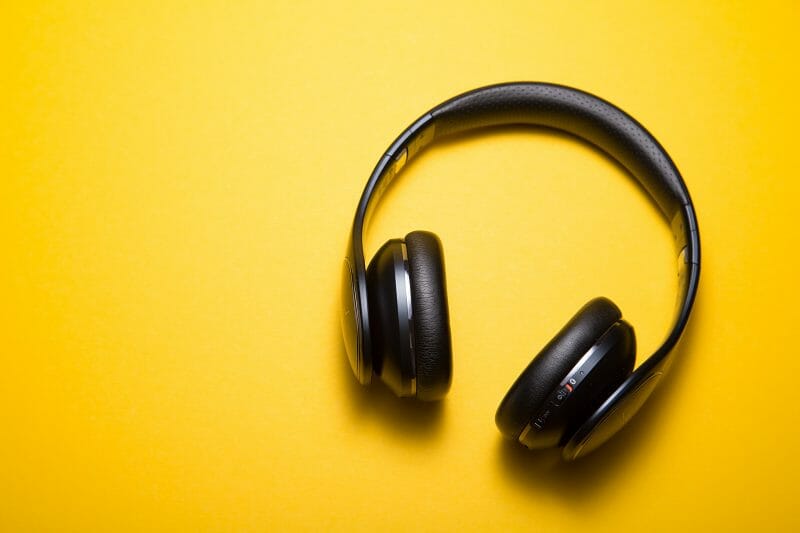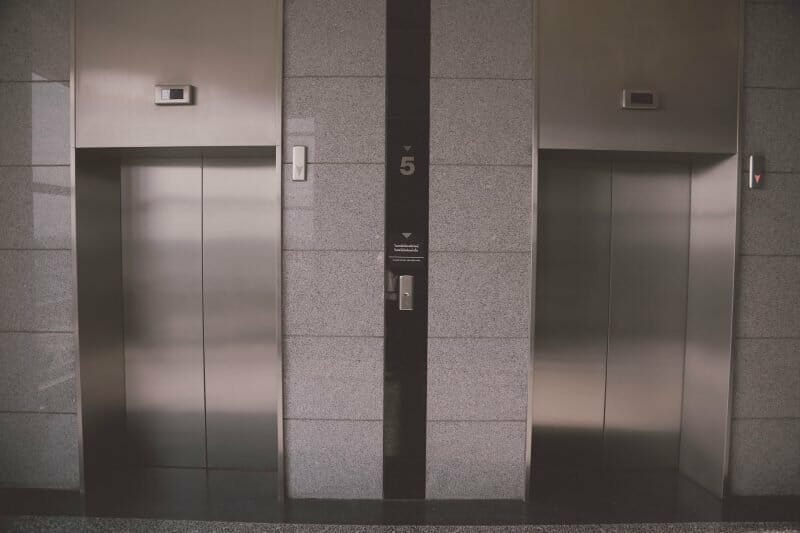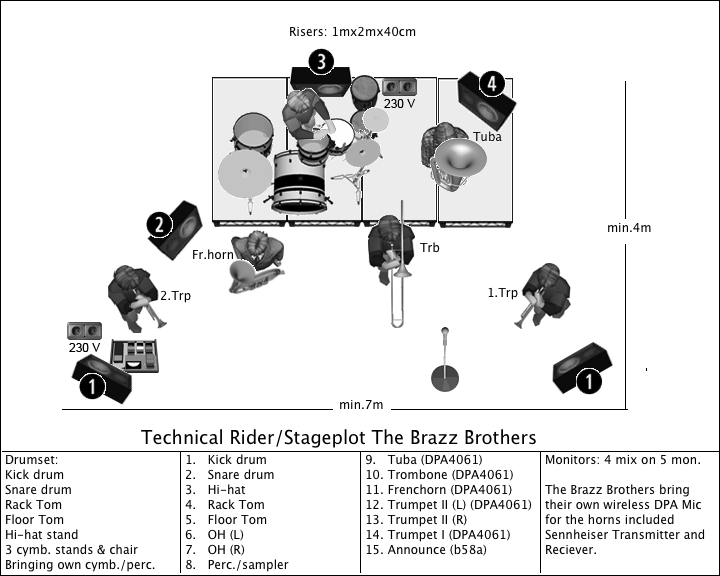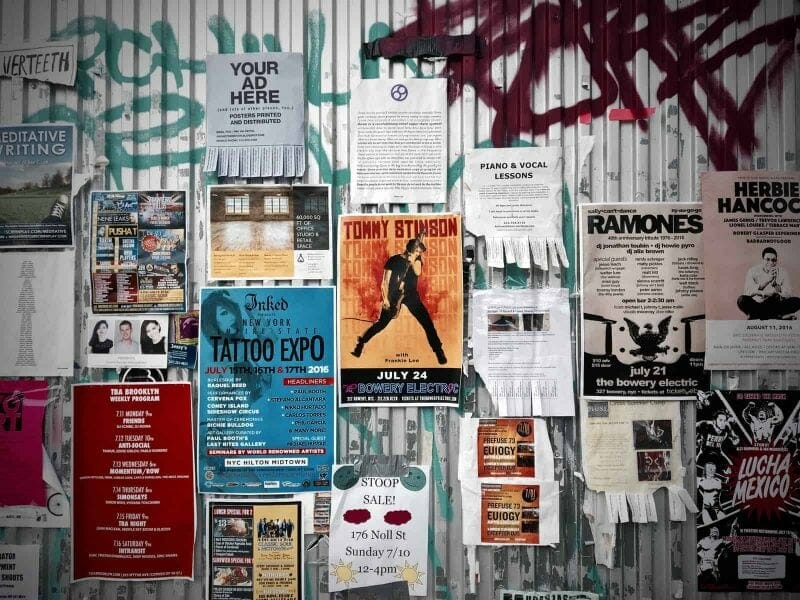Want to get more gigs and press for your music?
Then you need an electronic press kit, or an EPK.
Today you’ll learn how to make an EPK that will blow the press away.
If you’re like most people in the music business today, you’re probably producing your own music. We put together a brief training that covers a totally new approach to music production. Until now, everyone has been teaching production totally backward. Just click below to watch. Get industry-quality in your music every time (steal this framework)
But if you just want to learn all about EPK’s specifically, keep reading.
What is an EPK?
An Electronic Press Kit is essentially your resume as a musician.

More specifically, it’s a place where promoters, venue managers, journalists, and music supervisors can find all of the info they need to promote you.
Your EPK helps them to understand who you are, what you’ve done, and why they should care about you.
EPK’s in the past have been a PDF and a bunch of email attachments. These days artists have streamlined the process and made a website for just their press kit.
This makes it ten times easier for the promoter to get the info they need, so that’s the direction that I would recommend.
Why Do You Need an EPK?
They are essential to getting good press and promotion… which means they are essential to creating a career as an indie musician.

Members of the press don’t want to scour the internet to find the information they need. They’re on the clock. They’ll want to promote the band that is easiest to write about.
So your goal is to be the easiest band to write about. One with great music, a great story… and every piece of information all in one convenient place. That’s where your EPK comes in.
Now let’s take a look at what’s inside.
Item #1: Your Music
This is pretty obvious. You want promoters to be able to listen to your songs.

One thing to keep in mind is this: promoters tend to only listen to the first few songs. So put your best foot forward! Make sure your most popular songs are first.
Try to use the highest quality MP3 you can. 256kpbs is the minimum export quality you should be using. 320kbps is preferable.
Item #2: Photos and Album Art
Remember: your EPK is for the press. So you can’t give them crappy iPhone pics!

Use photos from a professional photoshoot. Those are worth promoting.
If you haven’t gotten a photoshoot yet, get one. It will pay dividends in your marketing.
A few images from your shows would be great as well. Especially if they capture the “vibe” of your music and performance style.
To find a photographer in your area, use services like Photographer Central or PhotoSesh. You should be able to review the work of your local community’s photographers and choose the one that works best for you.
I’d recommend including both horizontal and vertical images in your photos section. That will give your promoters some options, which is handy if the promoter needs an image that will fit in a very specific layout on their poster, article, or web page.
Make sure to include your album art and logo as well.
Make sure these images are large (600 pixel width minimum) and high quality (300 dpi). They need to be able to be printed without any pixelization.
If your website maker doesn’t allow images that big, here’s a tip: make a Dropbox folder with the images you need. Then, include a link to that dropbox folder on your images page for download. That should give the promoters the files they need.
Item #3: Your Bio
…Who are you, exactly? That’s what your readers will be asking.
Your bio is an opportunity to convince the press of how unique you are. Think of it as your “elevator pitch.”

Your bio needs to include some background info on yourself, as well as info on your latest releases.
Try to include unique content that would sound interesting in a magazine. Remember: the press is trying to sell their own product. The easier you make it to move units, the more likely they’ll promote you!
I’d recommend having two bios: one short and one long.
The short bio is meant to sell you to the press in only a paragraph. They’re busy people, so they likely have very little time to read your life story.
The long bio can include more detail of your “story.” That’s there if they need even more info to promote you.
Item #4: Music Videos
Music videos are always a good idea.

They’re easily watchable and shareable. Plus, it will give the press some multimedia content to include in their promotion.
Even if it’s just a lyric video or a video over some kind of shifting image, a video will boost the odds of you getting promotion. If you’re on a budget, try using a service like Fiverr to find someone who can create a cheap animated video.
If you have any high quality videos of your live performances, include those too. Show footage is great for convincing promoters to book you for a gig.
Item #5: Lots of Links
Make sure they’ll have all the info they need.

You should include links to your website, your social media, a store where they can buy your music and merch, and so on.
They’ll likely share one of these links in their publication.
NOTE: You can learn more about promoting your releases in our recent guest video:
Item #6: Your Performance Calendar
Have an updated calendar with any shows you have coming up. They’ll help the promoter to know when you’re open.

They’ll also have the added bonus of showing how busy you are, if you’re already booking a decent amount of gigs!
Item #7: Your Tech Rider
A tech rider is a document that gives the venue a feel for the technical requirements of your performance.

They include things like how many mics you’ll need, the number of plugs necessary, your stage plot, and so on.
Make sure this PDF is downloadable from the site.
Check out how to make a tech rider here.
Item #8: Your Contact Info
Finally, make sure you include your contact info (or the contact info of your representative).

If the promoter is sent this EPK by anyone other than you, they’ll have no idea how to get in touch.
Don’t make it hard on them. Include your email (and your phone number, if you’re comfortable) on a contact page.
How Do I Make My EPK?
To make the process easy, I’d recommend using an electronic press kit service like ReverbNation, Bandzoogle, or Sonicbids.
They offer step-by-step templates for you to create your own EPK in a quarter of the time of a traditional website.
Check out how to setup your EPK on Bandzoogle:
But if you want to customize it to better fit your style, then use a website creator like Wordpress, Squarespace, or Wix.
They’ll allow you to add more personality and customization to your site. It’ll just take longer to set up.
Once you’ve set up your website of choice, all you have to do is add the info and files we covered above. It’s that simple.
Conclusion: How to Make an EPK
Creating an electronic press kit is your first step to better press and more bookings. It’s a big boost to your career.
Here’s what you need in your EPK:
- Your music
- Photos and album art
- Your bio
- Music video(s)
- links to your website and social media
- A calendar of upcoming shows
- Your Rider
- Your contact info
Don’t forget: Creativity is key! Put yourself in the shoes of the press – what would you make you want to book you?
Include anything you can to make yourself stick out from the crowd.
If you want to dig deeper into music production and learn what it actually takes to make mixes that sound pro… And you’re an intermediate or advanced producer… Be sure to check out the free masterclass: Enjoy!Next Steps










